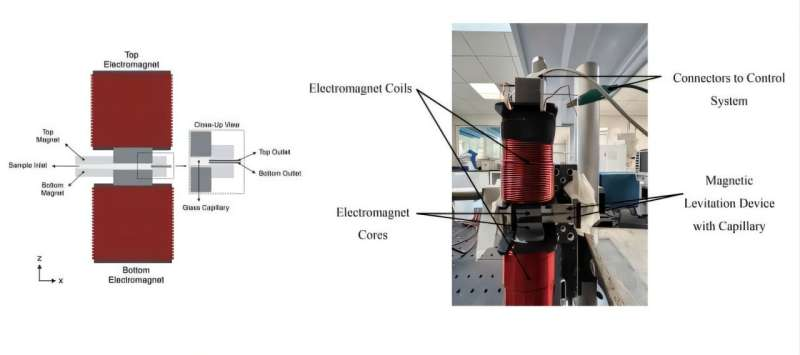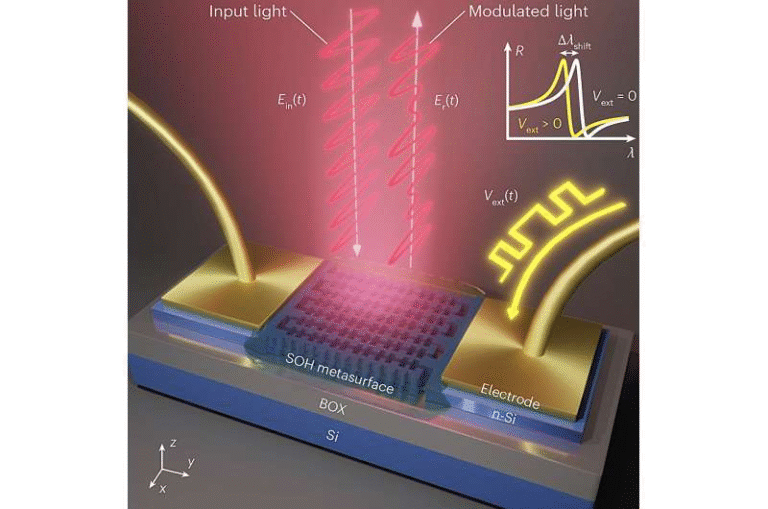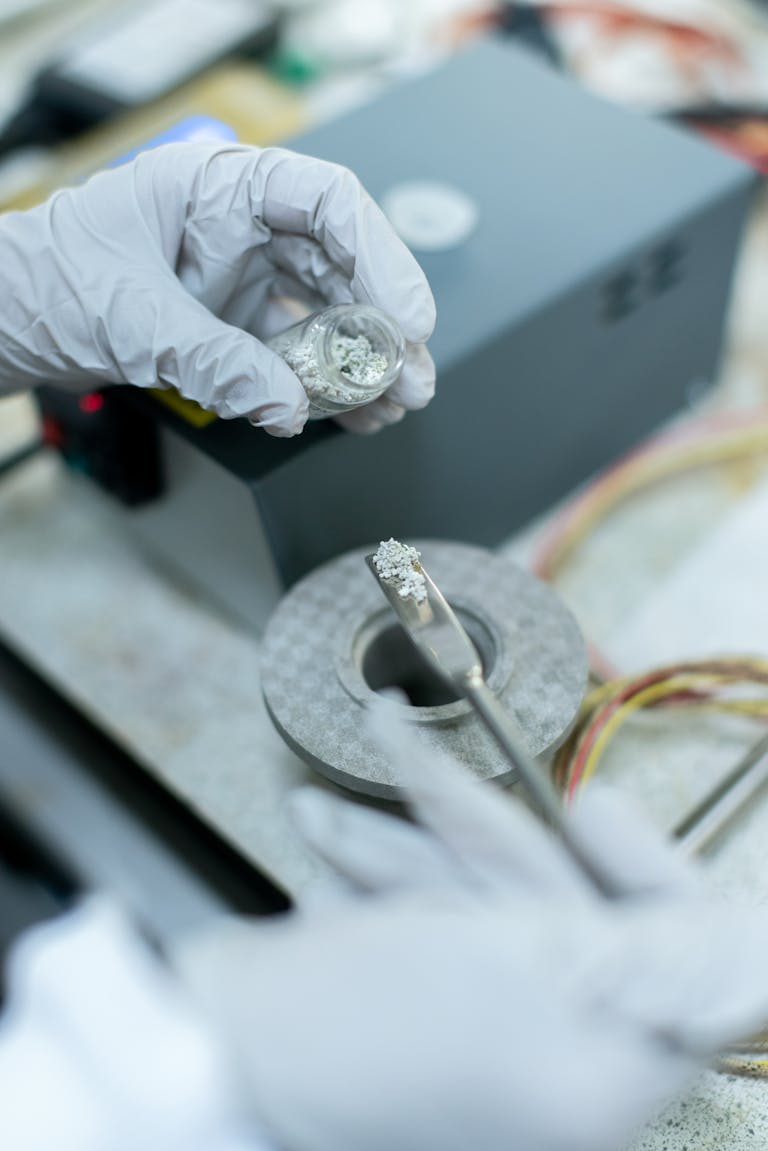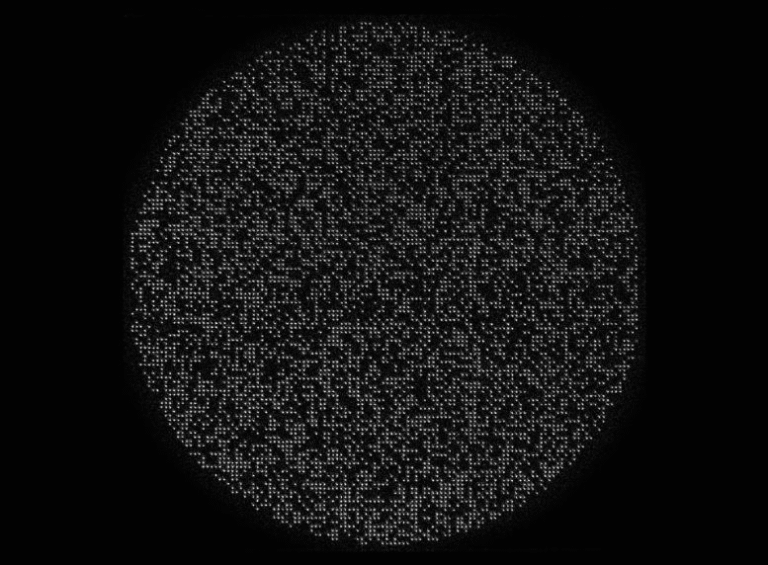Stanford Researchers Develop Electromagnetic Device That Sorts Cells by How High They Levitate

A team of scientists at Stanford Medicine has unveiled an innovative technology that sounds almost magical — but it’s pure physics. The new system, called Electro-LEV, can separate and identify different types of cells based on how high they levitate inside a magnetic field. What makes it remarkable is that the process happens without any physical contact and without using labels, dyes, or chemicals that could harm the cells.
This technology was developed by Gozde Durmus, assistant professor of radiology at Stanford, along with her former researcher Malavika Ramarao and collaborators. Their findings were recently published in the Proceedings of the National Academy of Sciences (PNAS), detailing how this device could transform how scientists sort cells for clinical and research use.
How the Device Works
The Electro-LEV system uses the principle of magnetic levitation — the same concept that makes maglev trains float. In this case, however, it’s applied at the microscopic level. The setup includes two small magnets, each roughly the size of a stick of gum, arranged in an unusual way: north pole to north pole and south pole to south pole.
Between them sits a narrow glass capillary just 1 millimeter wide. Cells are placed inside this capillary, suspended in a paramagnetic solution — a liquid that weakly enhances magnetic fields (similar to contrast agents used in MRI scans).
When the magnets are so close together, the magnetic field gradient — the change in magnetic field strength over distance — becomes very large. This gradient exerts force on the cells, causing them to float or sink until they reach a stable point where gravity and magnetic forces balance each other. That equilibrium height depends on each cell’s density and magnetic susceptibility, which are unique to different types and states of cells.
For example, live cells are usually less dense and more buoyant, while dead cells become denser because their membranes leak and allow more paramagnetic solution inside. This density difference translates directly into how high each cell levitates.
What Makes Electro-LEV Different
This new version of the levitation system builds on Durmus’s earlier work from 2015, when she demonstrated that cells could levitate at measurable heights based on their physical properties. The problem back then was that the setup was static. Once the cells were floating, there was no way to adjust or fine-tune their positions without preparing a new sample.
Electro-LEV changes that by adding electromagnetic coils to both magnets. By adjusting the electric current running through these coils, researchers can instantly change the magnetic field strength. This means the levitation height of the cells can be controlled in real time. If sorting isn’t going as planned, the user simply modifies the current, and the cells move accordingly.
The capillary is also designed with two outlets — one at the top and one at the bottom. As the cells flow through, those levitating higher exit through the top, while heavier or denser ones go through the bottom. This simple, tunable setup allows continuous sorting without mechanical parts or chemical reagents.
Sorting Performance and Results
In the recent experiments, the team tested the system using a mix of breast cancer cells, lung cancer cells, fibroblasts, and white blood cells. The goal was to see whether Electro-LEV could separate live from dead cells, which is a common need in biological experiments and clinical tests.
When they started with a sample containing 50% live cells, the system successfully produced an output sample with about 93% live cells. Even more impressively, when the starting mixture had only 10% live cells, the system still achieved a purified sample with around 70% live cells.
This demonstrates a significant enrichment capability. The researchers also observed that cell clusters (groups of attached cancer cells) responded differently from single cells — they levitated faster and more noticeably when the magnetic field changed. This could become a new way to detect cancer cell clusters, which are known to be more aggressive and more likely to cause metastasis.
Why It Matters
Traditional cell-sorting techniques like FACS (Fluorescence-Activated Cell Sorting) or MACS (Magnetic-Activated Cell Sorting) rely on labeling cells with fluorescent dyes or antibodies. These methods are powerful but can stress the cells, damage them, or make them unsuitable for downstream tests like genetic analysis.
Electro-LEV eliminates all of that. It’s a label-free, gentle, and contactless method. Because it sorts cells based purely on their inherent physical properties, it keeps them alive and intact for further analysis.
In a clinical setting, this could be a game changer. Biopsy samples often contain only a tiny number of target cells. Being able to isolate and keep those cells alive for genomic testing or personalized medicine could significantly improve diagnostic precision.
Moreover, in stem cell therapy, dead cells can trigger harmful inflammatory reactions. The ability to quickly remove them using a physical process like this could enhance the safety of such treatments.
The Physics Behind It
While the device looks simple, the physics is quite elegant. The magnets in the system produce a field of about 0.4 Tesla, which might sound weak compared to the 7 Tesla magnets in MRI machines. However, the key difference is distance: MRI magnets are about a meter apart, while the magnets in Electro-LEV are only a millimeter apart.
This tight spacing produces a much stronger magnetic field gradient, giving the system exceptional sensitivity to tiny density differences between cells.
The equilibrium height — where each cell levitates — depends on a balance between three forces:
- Magnetic force, which pushes upward on materials with different magnetic susceptibilities.
- Buoyant force, which acts opposite to gravity depending on the density difference between the cell and the surrounding medium.
- Gravitational force, pulling the cell downward.
By controlling these parameters with electric current, the researchers can achieve precise levitation control for almost any type of biological cell.
Future Possibilities
According to the Stanford team, this is only the beginning. The same concept could be applied to microbes, microspheres, or even microrobots — tiny machines that could one day travel through the human body.
The device could also help in the assembly of organoids, which are miniature 3D models of organs grown in the lab. Controlling how cells float and interact could make it easier to build structured tissues for research or transplantation.
Durmus believes that levitation speed — how fast a cell moves to its equilibrium point — might even serve as a biophysical signature for cell health or type. This could open new ways of identifying diseases or testing drug effects without traditional chemical labels.
Challenges and Next Steps
Although Electro-LEV shows impressive results, a few challenges remain. The system works best when the cells being sorted have noticeable differences in density or magnetic properties. In samples where these properties overlap, the separation might be less distinct.
The researchers will need to test the device with real clinical samples, such as blood from patients or rare circulating tumor cells, to confirm its reliability outside controlled lab conditions.
Another consideration is the paramagnetic solution itself. While it’s mild and similar to MRI contrast agents, scientists must ensure it doesn’t affect the viability or function of cells that need to be re-used after sorting.
Despite these hurdles, the concept of contact-free, label-free, dynamic cell sorting represents a major step forward in biophysics and biomedical engineering.
A Glimpse Into the Future of Cell Sorting
The Electro-LEV system exemplifies how physics and biology are increasingly merging to solve real-world medical problems. By relying on fundamental properties like density and magnetism, scientists can now sort and study cells in their most natural state.
This could lead to faster diagnostics, better preservation of live cells for genetic studies, and entirely new tools for studying cell behavior. As the technology matures, it may even allow researchers to manipulate and assemble cells with the same precision that physicists control particles in accelerators.
In short, Stanford’s levitating cell device turns a clever piece of magnetism into a powerful biological tool — one that might soon find a home not just in research labs, but in hospitals as well.
Research Reference: Dynamic and Precise Electromagnetic Levitation of Single Cells — Proceedings of the National Academy of Sciences (PNAS, 2025)





